Looking for a Kri kri ibex hunt Greece?

Look no further!
What is Kri Kri Ibex (Capra Aegagrus Cretica) and how you can hunting in Greece legaly
Knowing the appearance and behavior of the Kri Kri ibex is crucial for successful hunting in Greece. The Ibex is the smallest of all wild goats and has the longest horns of any species (Capra Aegagrus Cretica). The Kri-Kri is the smallest ibex by body weight, but not by the length of its horns. A few specimens that were hunted without being reported were as big as 115 cm. The gold medal trophy is 61 cm (24 inches) in length. Currently, Kri-Kri ibexes are hunted in Greece. Hunting is available in Atalanti and Sapientza as well as on the mainland. An Ibex is hunted on Atalanti throughout the last week of October and the first week of December. On Sapientza, the hunting season lasts throughout November and sometimes the first week of December, depending on weather conditions. Kri-Kri ibexes are hunted on the mainland beginning in September and ending in October/November.
Where you can hunting Kri Kri Ibex in Greece ?
The Kri Kri ibex population is safeguarded on the two uninhabited islands by the state organisation Dasaiheo. In September, the decision is made whether or not to allow the hunting of Kri Kri ibex based on the population and health status. Currently, the only method to hunt for Kri Kri ibex is with a shotgun. The hunt is not physically demanding, and it offers an excellent hunting and tourism experience at the end of the Greek tourist season. The last few years’ average trophy size has been quite high, with nearly 90 percent of trophies earning medals and more than 50 percent earning gold medals.
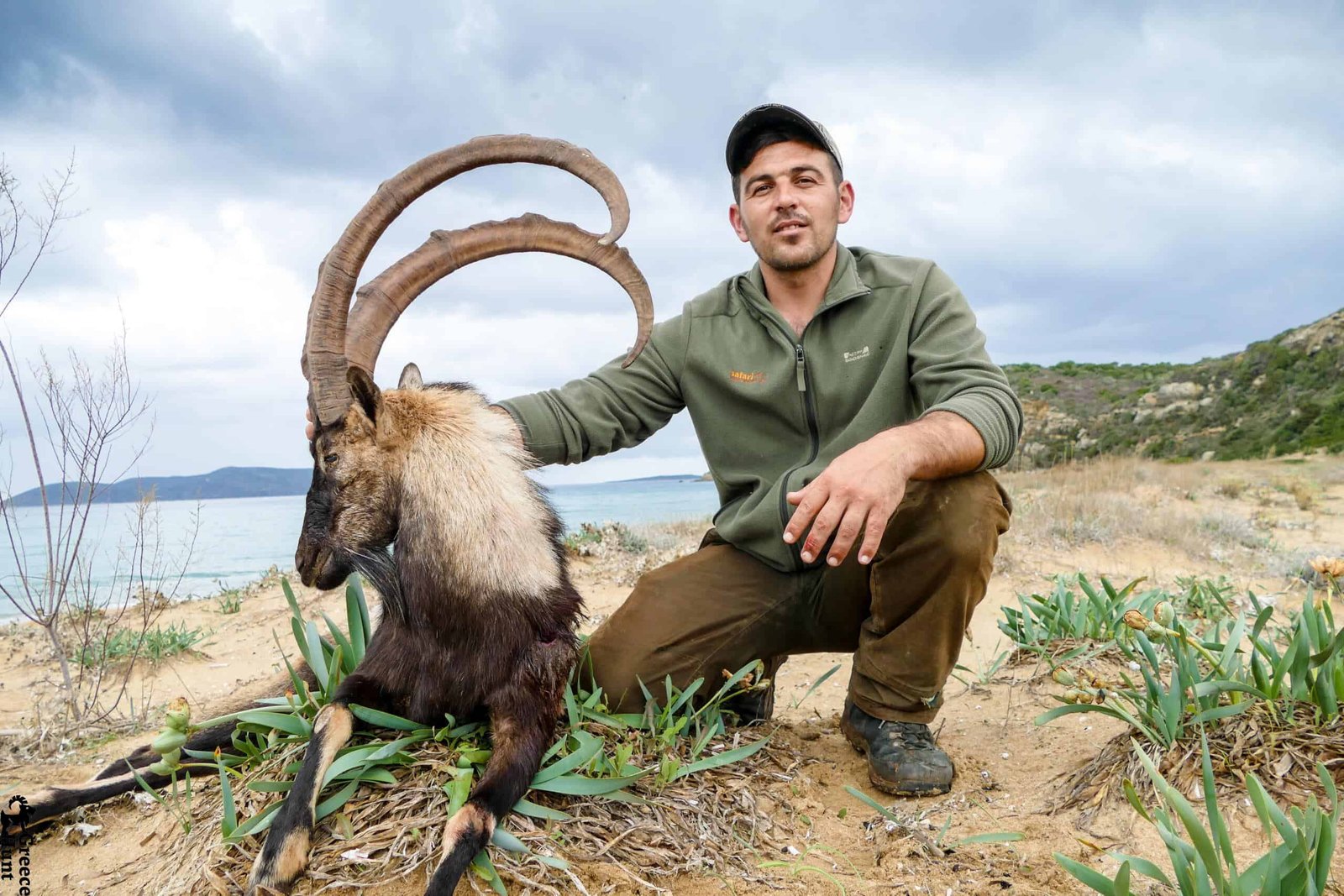
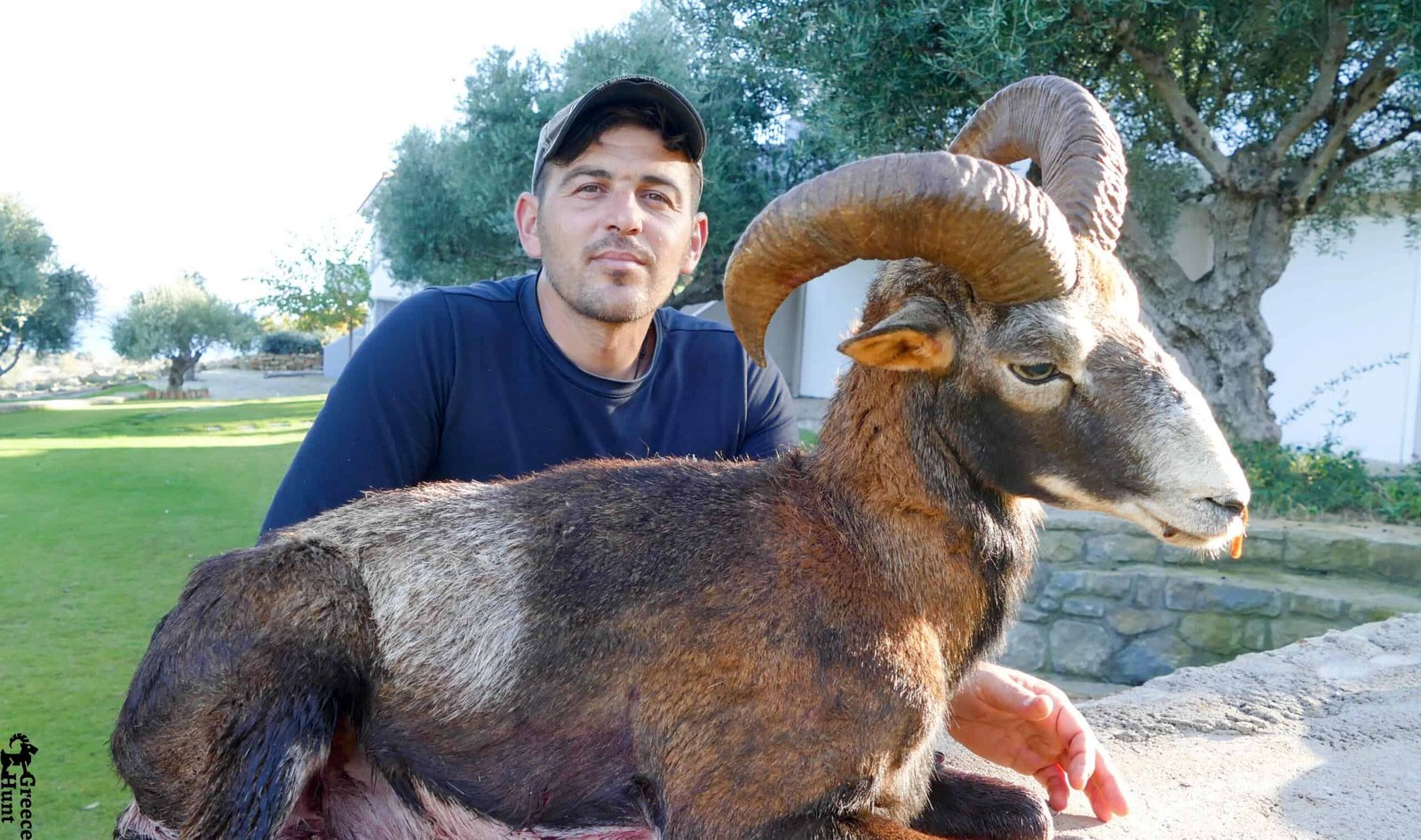
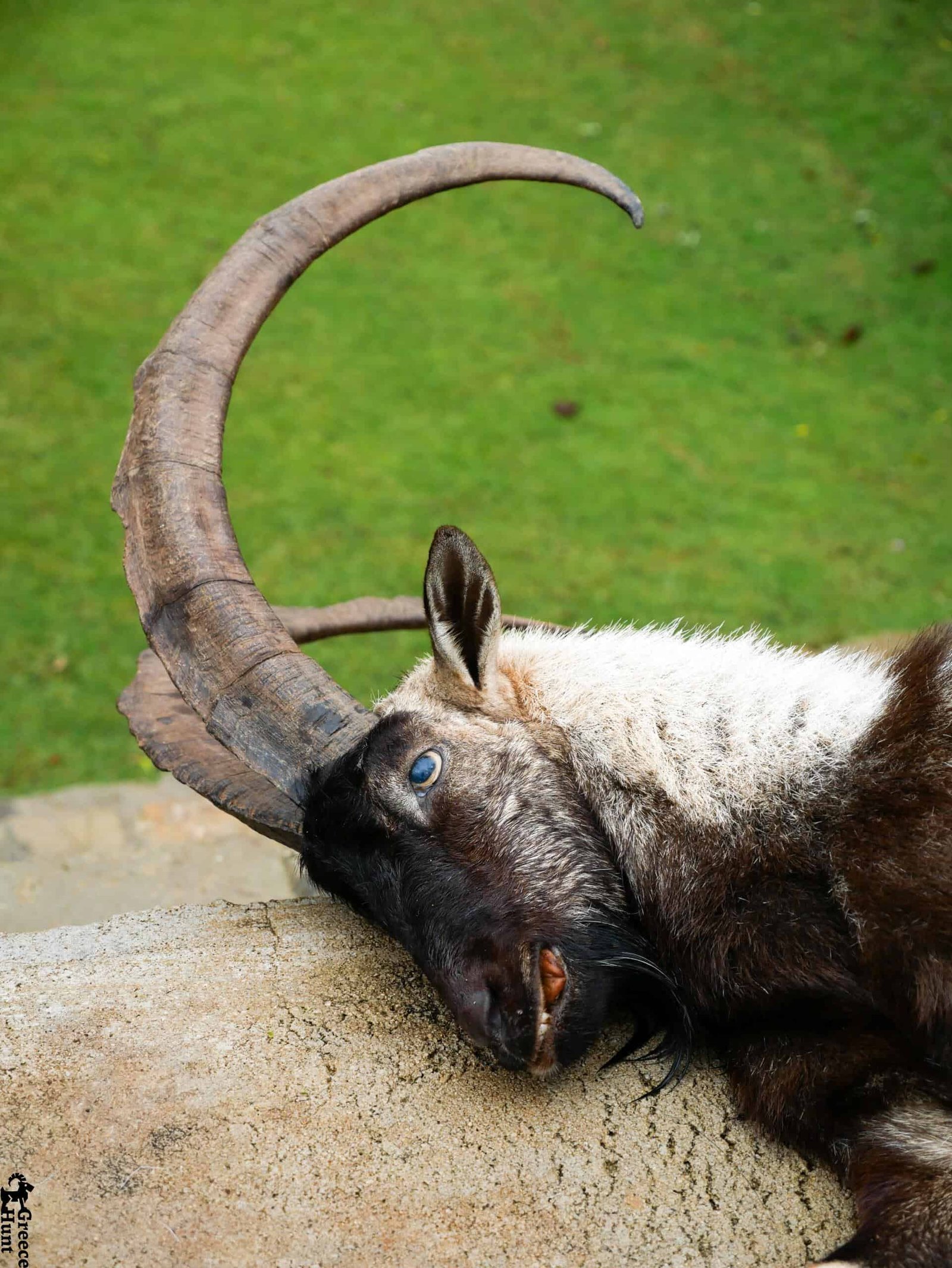
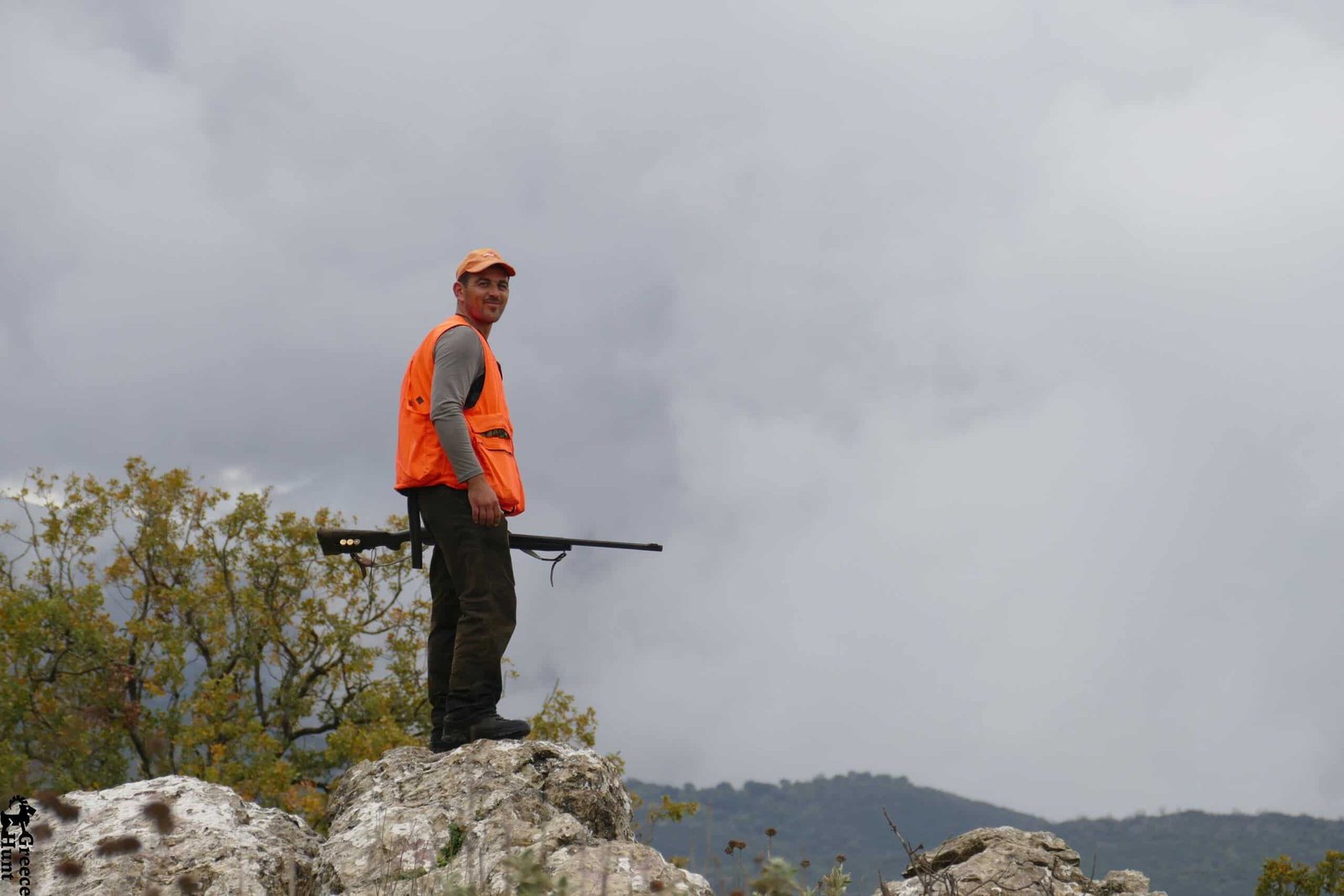
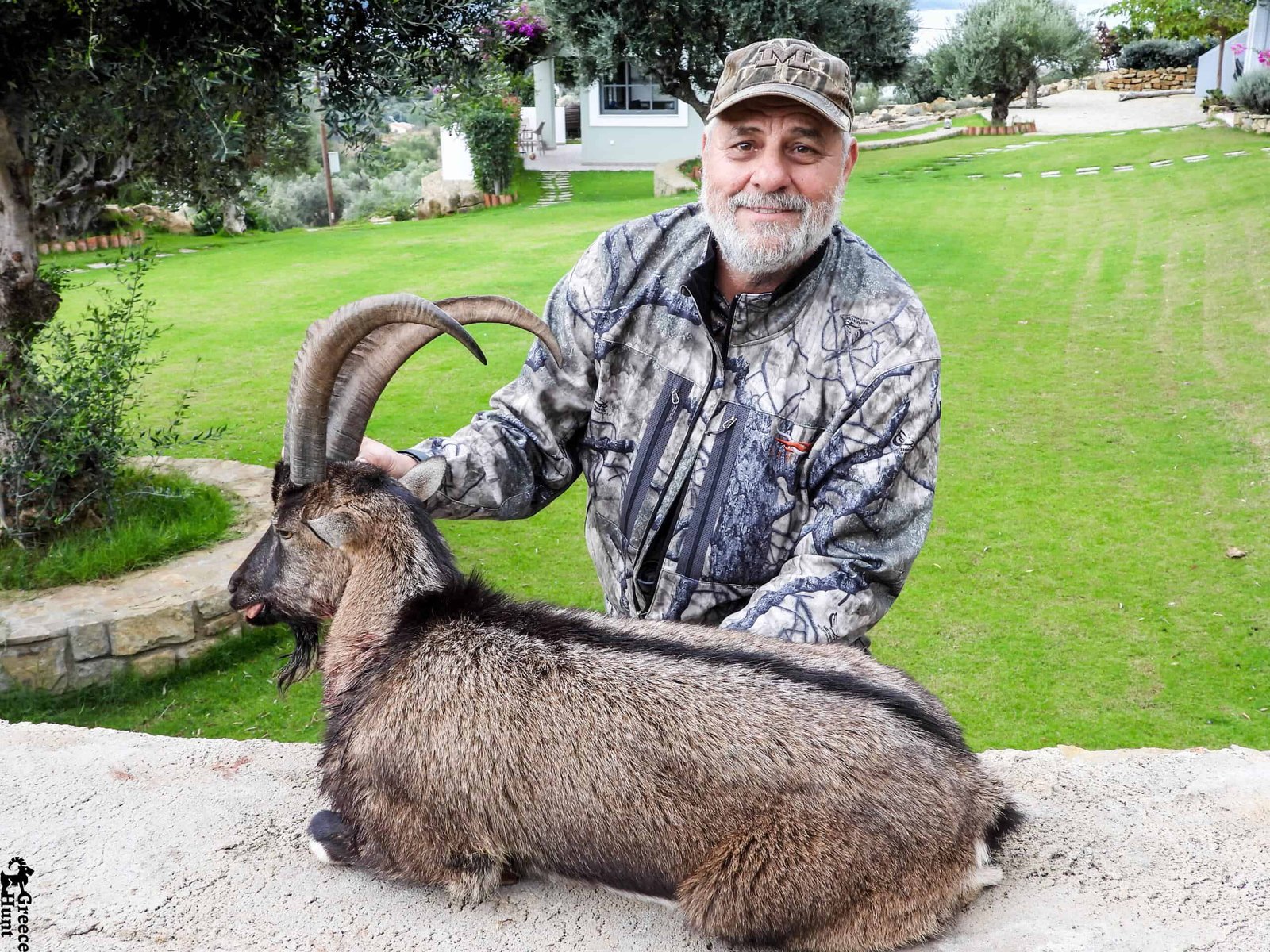

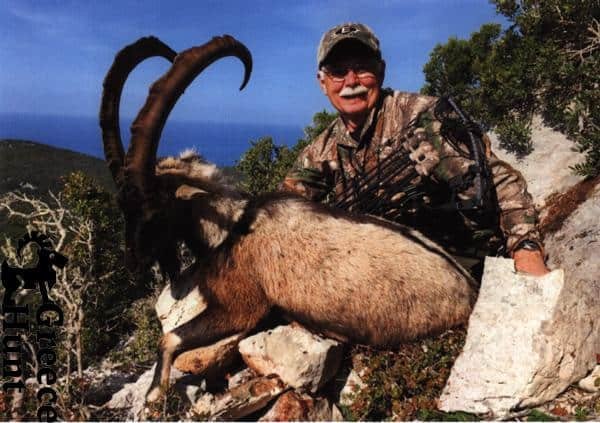
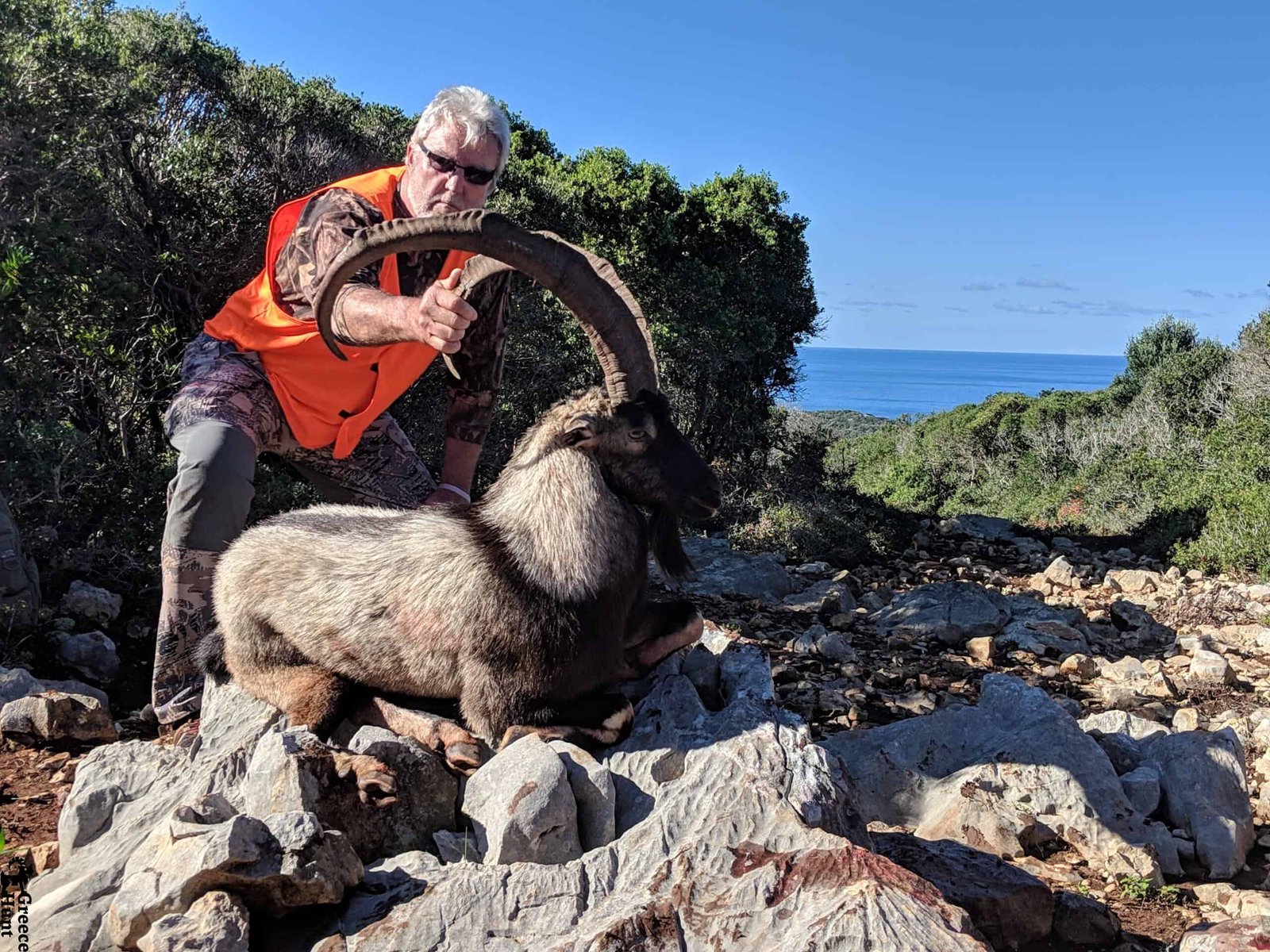
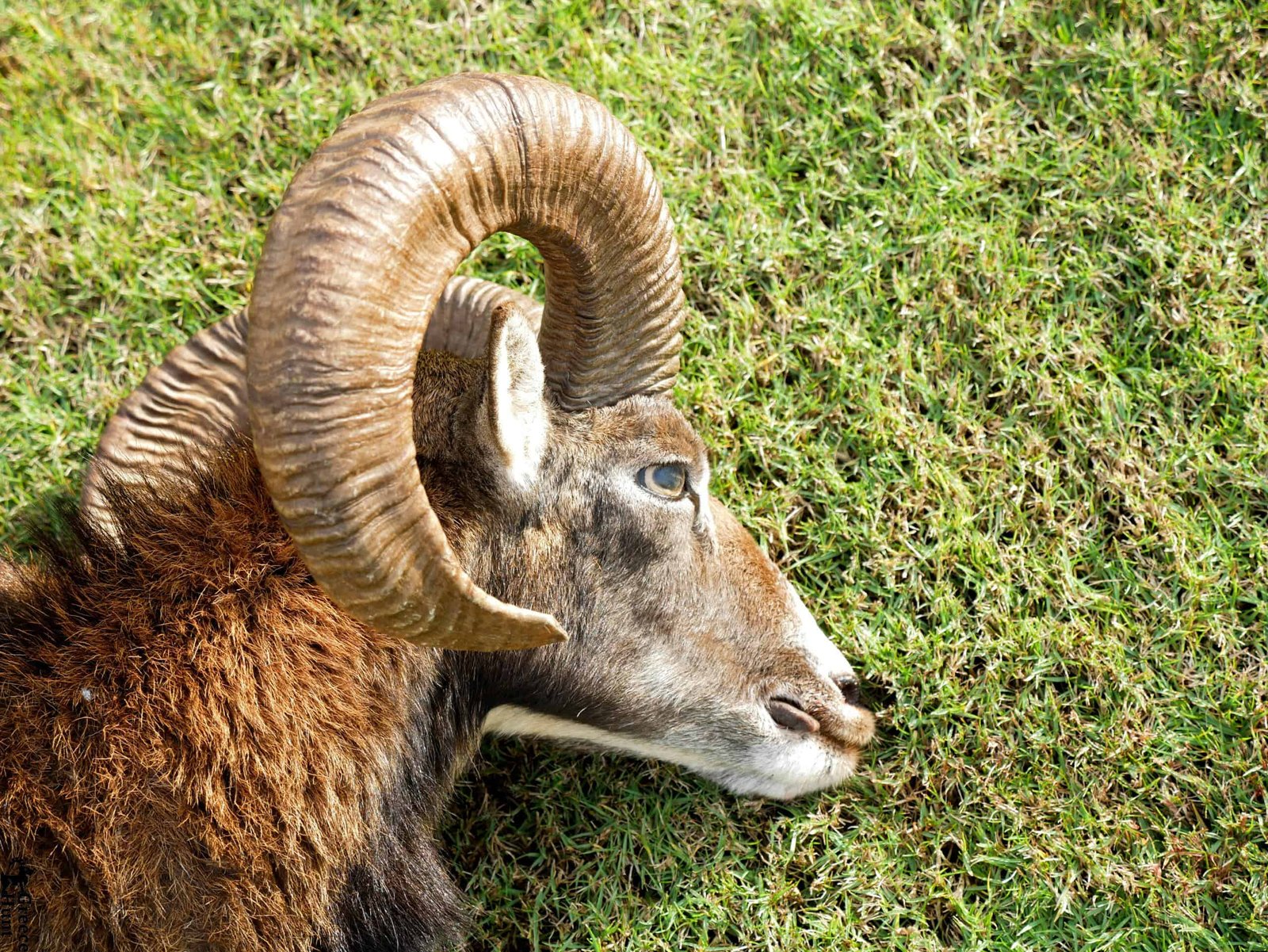

Accommodations are provided in four or five star hotels near the islands. Sunrise and sunset are the times when the hunt begins and ends.










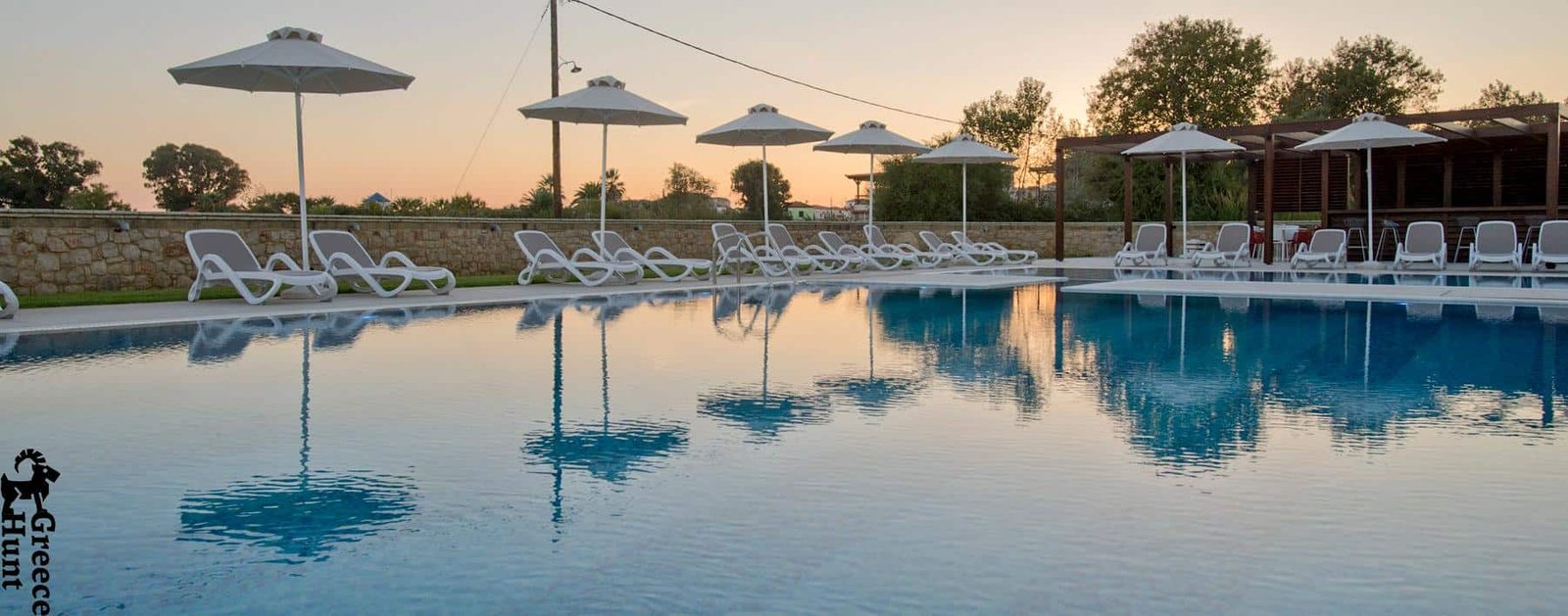
What is the diference between Kri Kri ibex, Bezoar ibex and hybrid ibex
The kri-kri is not thought to be indigenous to Crete, most likely having been imported to the island during the time of the Minoan civilization. Nevertheless, it is found nowhere else and is therefore endemic to Crete. It was common throughout the Aegean but the peaks of the 8,000 ft (2,400 m) White Mountains of Western Crete are their last strongholds–particularly a series of almost vertical 3,000 ft (900 m) cliffs called ‘the Untrodden’—at the head of the Samaria Gorge. This mountain range, which hosts another 14 endemic animal species, is protected as a UNESCO Biosphere Reserve. In total, their range extends to the White Mountains, the Samaria National Forest and the islets of Dia, Thodorou, and Agii Pandes.
This Ibex is NOT a diminutive form of the Bezoar Ibex, which has migrated into the western-most reach of the range of this species. The kri – kri (Capra aegagrus cretica), sometimes called the Cretan goat, Agrimi, or Cretan Ibex, is a feral goat inhabiting the Eastern Mediterranean, previously considered a subspecies of wild goat. The kri-kri has a light brownish coat with a darker band around its neck. It has two horns that sweep back from the head. In the wild they are shy and avoid tourists, resting during the day. The animal can leap some distance or climb seemingly sheer cliffs.
“The agrimi goat Capra aegagrus cretica is unique to Crete and its offshore islands. It has been identi®ed as a sub-species of the wild bezoar goat Capra aegagrus aegagrus Erxleben, 1777, which it closely resembles in horn shape, body form and coloration. This classi®cation has been disputed by some researchers who claim that the agrimi are feral goats, derived from early domestic stock brought to the island by the ®rst Neolithic settlers. In order to clarify this issue, DNA analyses (cytochrome b and D loop sequences) were carried out on tissue of live and skeletonized agrimi and compared to sequences of wild and domestic caprines. Results conclusively show the agrimi to be a feral animal, that clades with domestic goats (Capra hircus) rather than with wild Asiatic bezoar. This study demonstrates that morphometric criteria do not necessarily re¯ect genetic af®nities, and that the taxonomic classi®cation of agrimi should be revised.”
